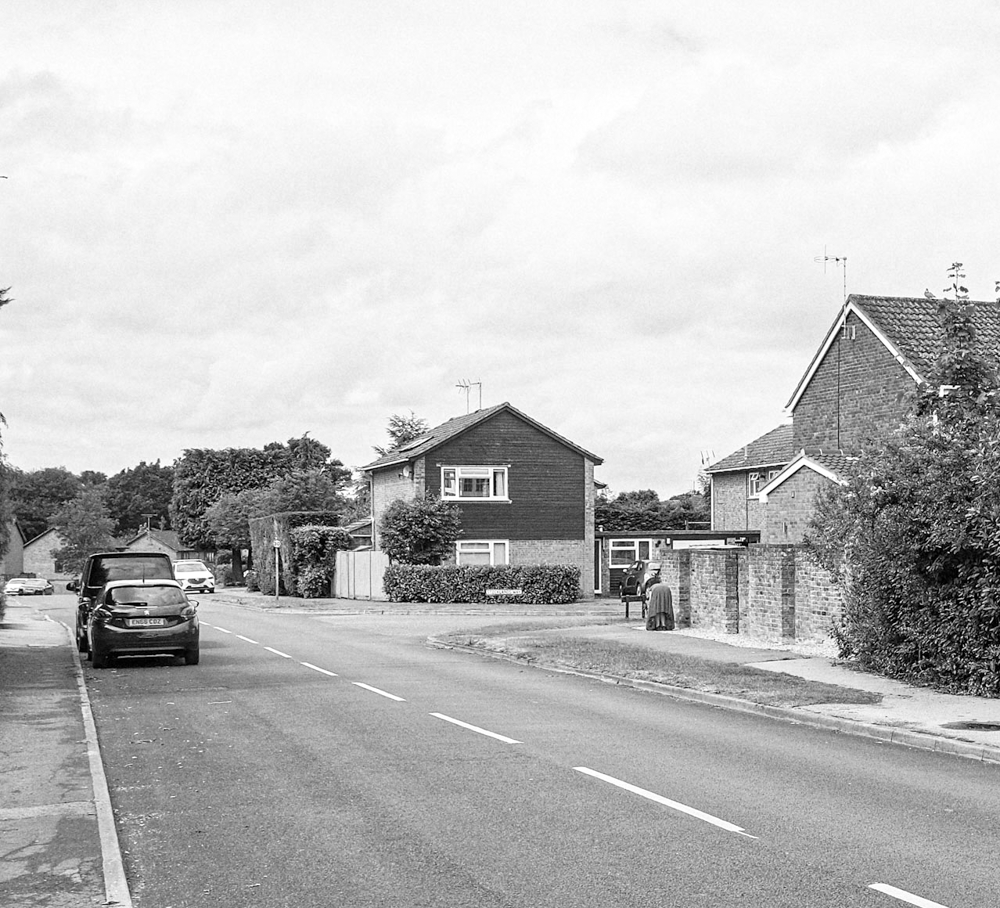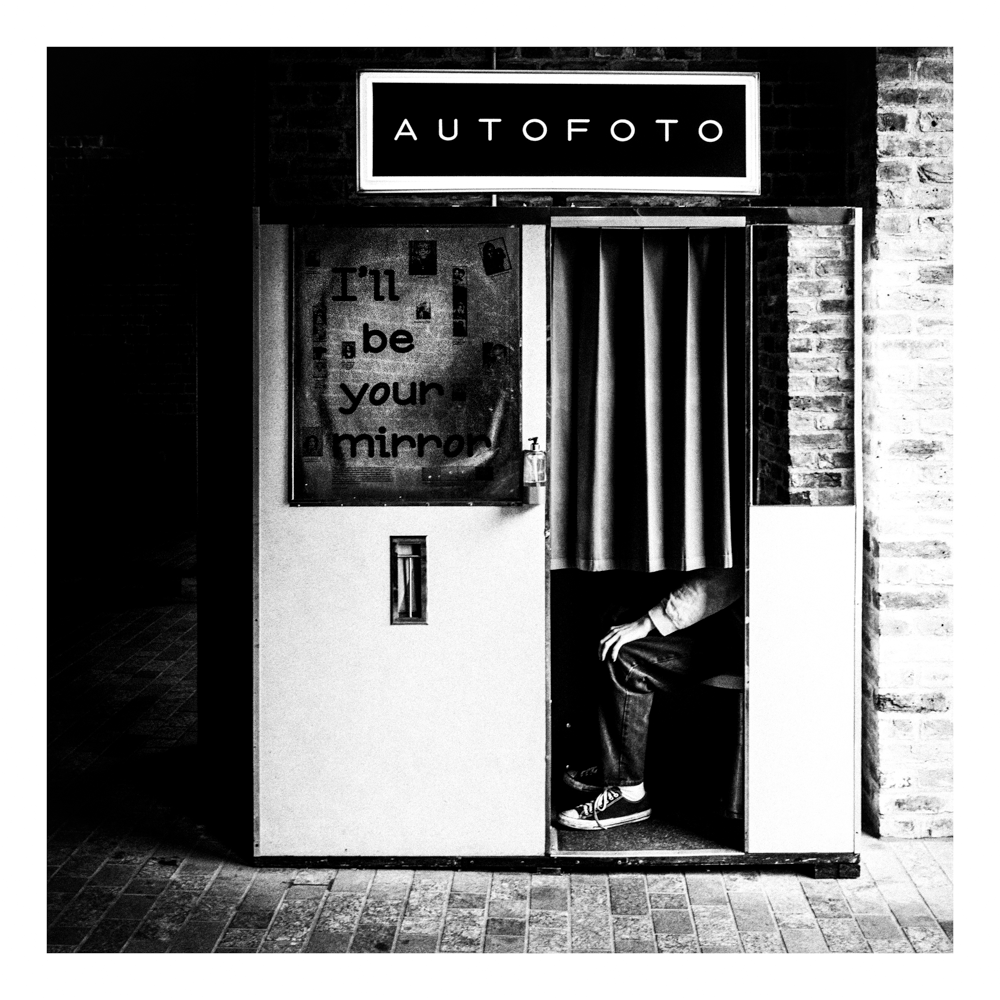Exercise 5: Image and Text
Find words that have been written or spoken by someone else. You can gather these words from a variety of means – interviews, journals, archives, eavesdropping. Your subject may be a friend, stranger, alive or dead. Select your five favourite examples and create five images that do justice to the essence of those words. You may choose to present your images with or without the original words. Either way, make sure that the images are working hard to tell a story. If you decide to include the words, ensure that they add to the meaning rather than describing the image or shutting it down. Try to keep your image-and-text combinations consistent – perhaps they are all overheard conversations on a bus or all come from an old newspaper report. Keep them part of a story. Consider different ways of presenting the words. Audio or video might lend itself well to this kind of work, or a projection of images using voice-over. Experiment.
- open up creative possibilities and layers of meaning
- close down an image if too descriptive
- elicit and trigger emotional responses
- be manipulated and meanings distorted to suit an agenda
- Text can trigger meanings in the gap between an image and the viewer
The hardest part is not falling into the trap of being too descriptive, and describing what is in the image. For this exercise, I used different sources and matched images to the quotes (and vice versa). I concentrated on the individual image quotes rather than making them all work as a series. I wanted the interplay to stimulate curiosity, and prompt the viewer to engage with the content. This interplay between text and image is a collaborative process, and you can create cohesive and impactful combinations that help convey your message or story to the viewer.
I think photo_1, photo_2 and photo_6 work best.
Sources
Photo_1 David Lynch
Photo_2 Brandon Sanderson
Photo_3 Dorothea Lange
Photo_4 Terry Hall
Photo_5 Hurt-Nine Inch Nails
Photo_6 Robert Capa







